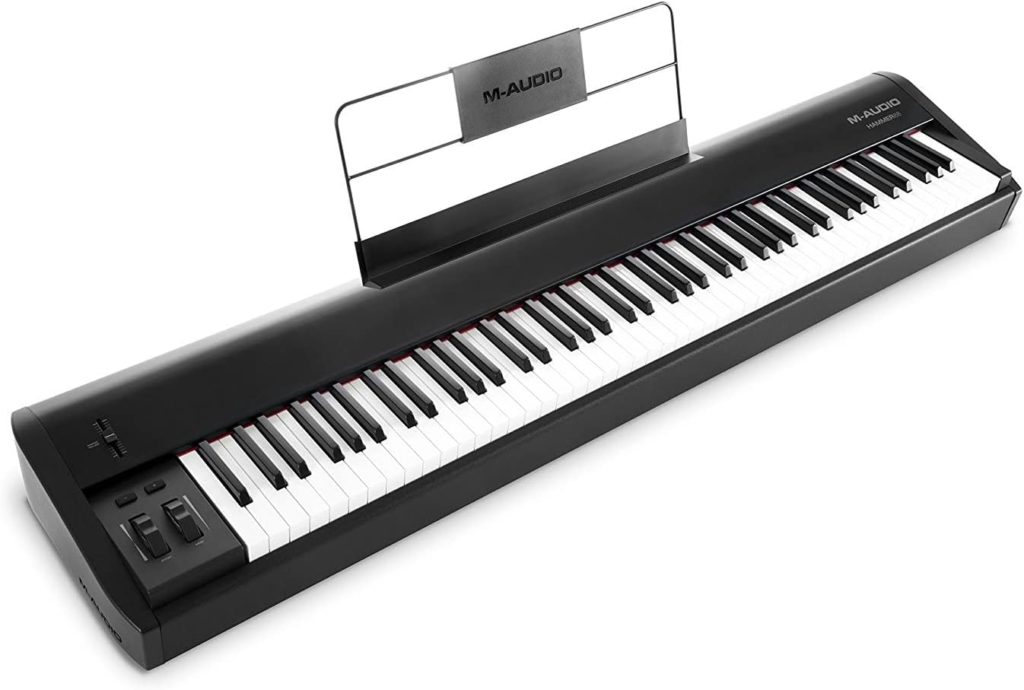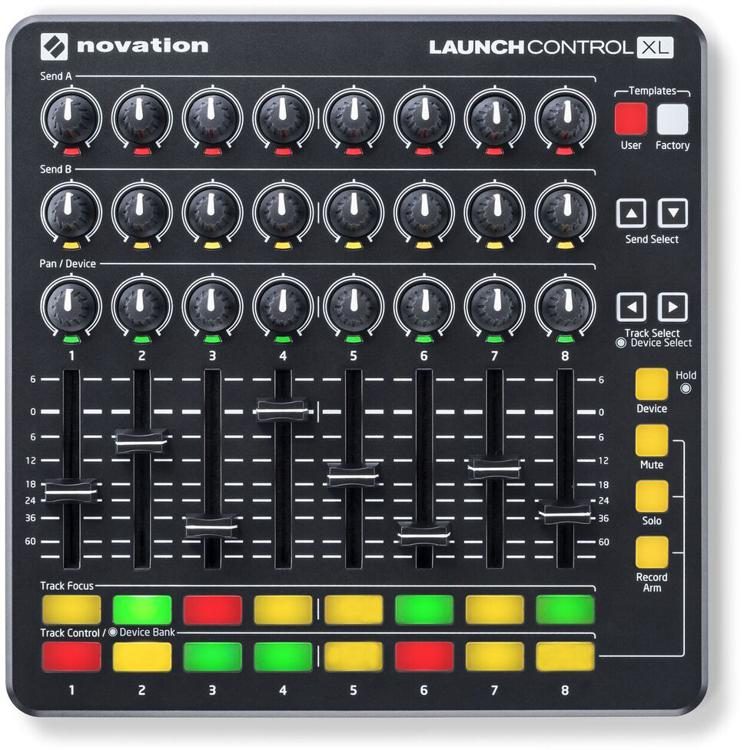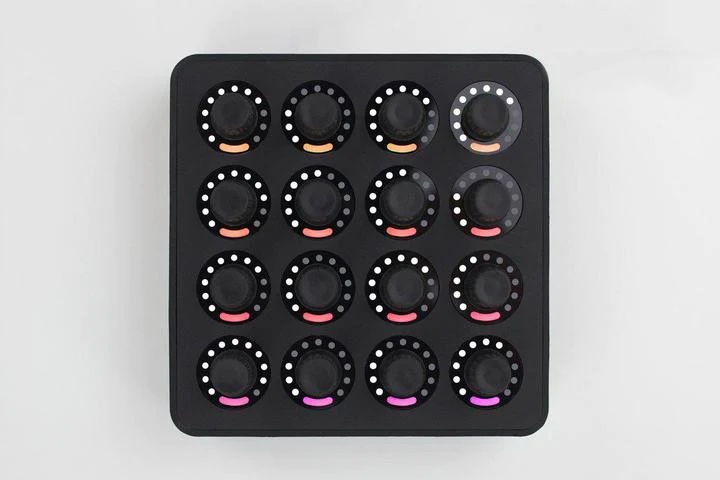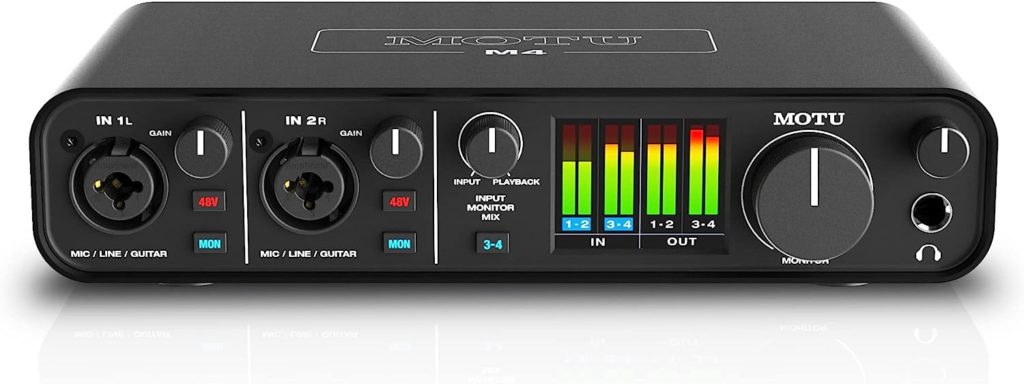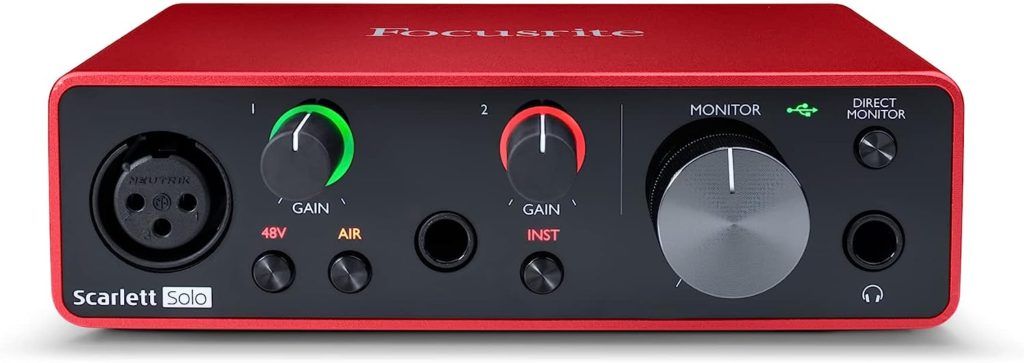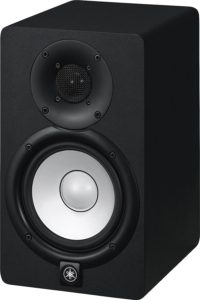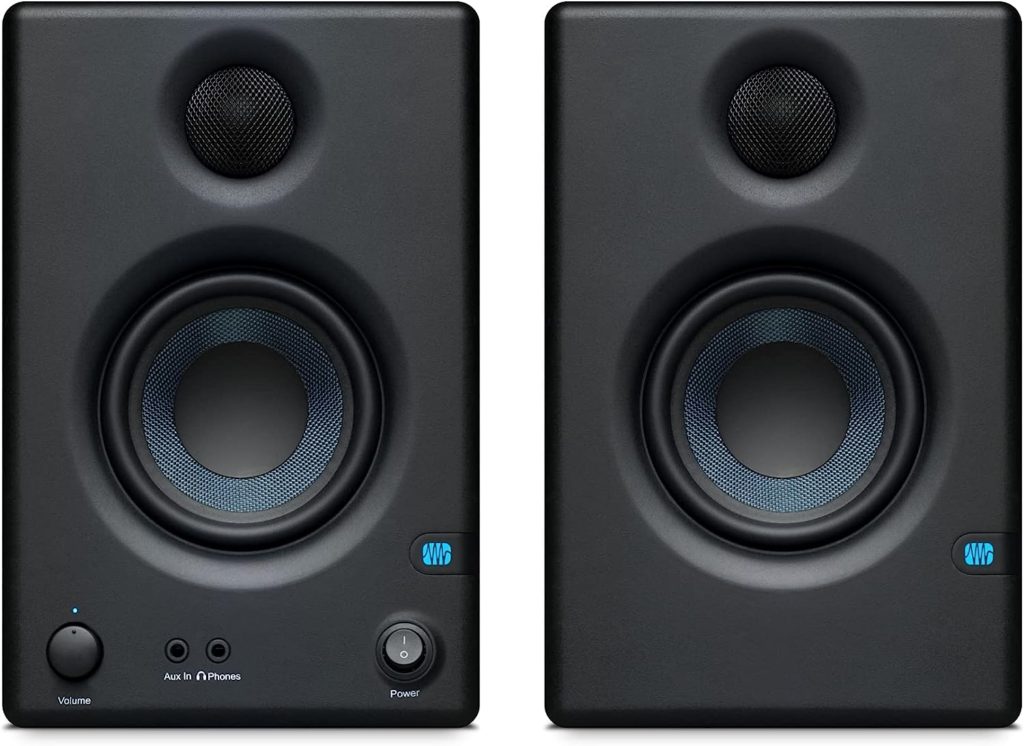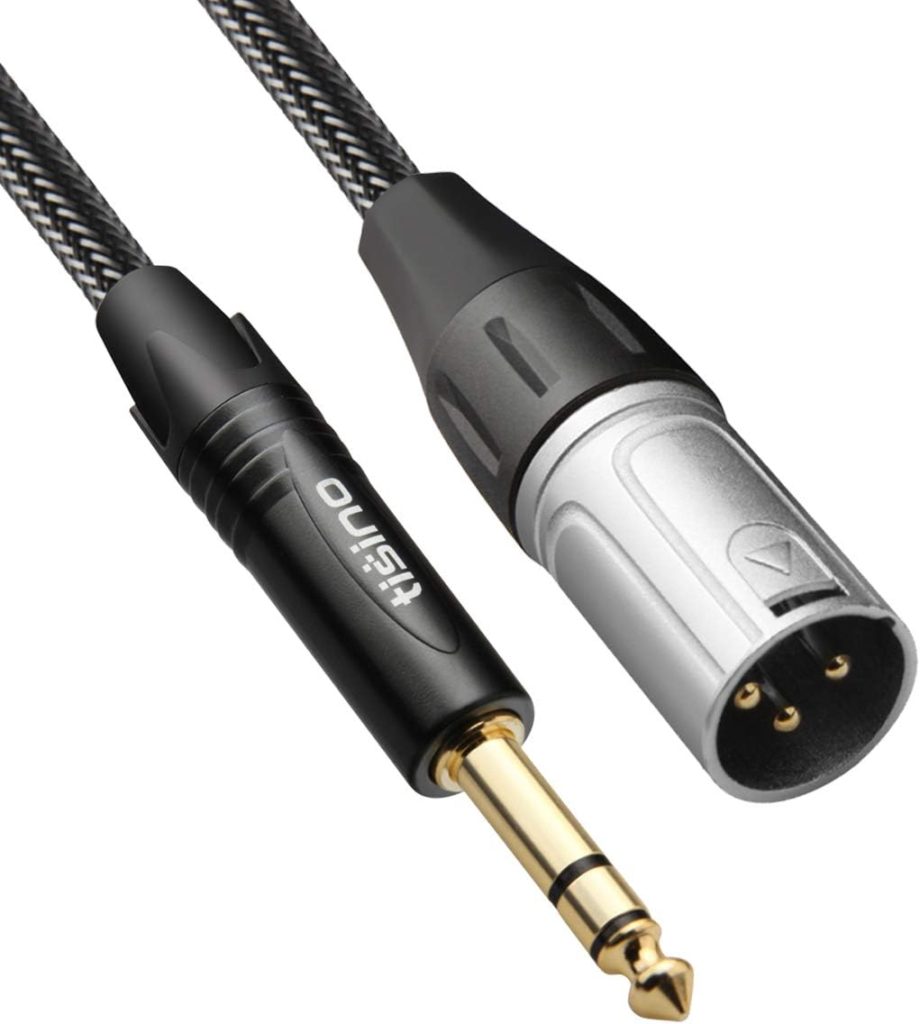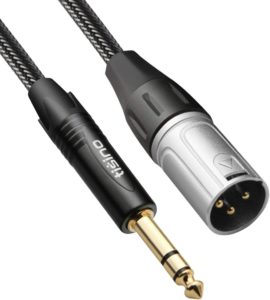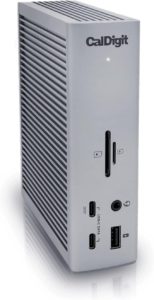My Gear Recomendations!
The Gear I Recommend To Get Started Playing Keys Live
Below is a list of some gear I know will get you started on the right foot.
The list below contains some affiliate links, which means I will make a small commission if you choose to purchase a product through these links but it is at no extra cost to you, and it is an easy way to support my work if you choose to do so.


